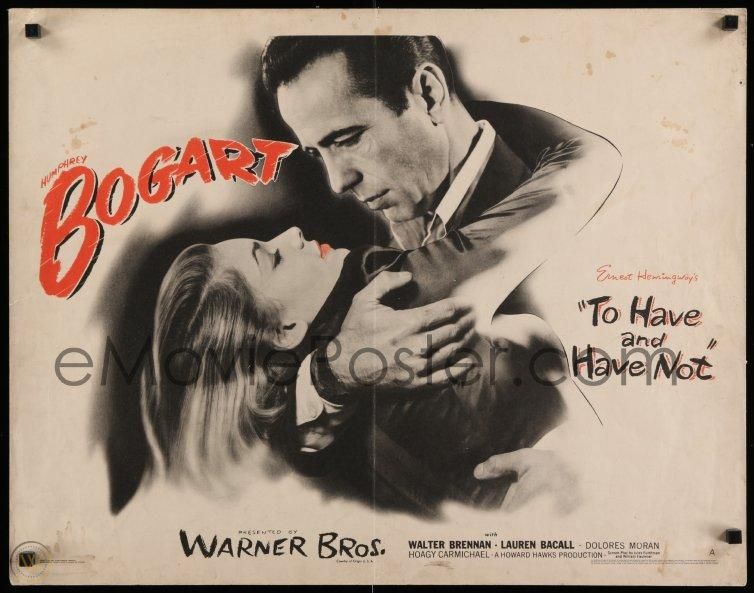BLOG
Finds and Interests
They say a picture is worth a thousand words, but did you know a propaganda poster can be worth a thousand dollars? Whether you are a beginner buyer or a professional collector, here are a few factors to consider when purchasing these historically significant items.
Contributing Factors
Last week, we explored the types of American wartime propaganda posters and how they swayed public opinion through moving images and messages. In this follow-up, we’ll examine what makes certain posters more valuable than others. Several factors can influence a propaganda poster’s monetary value, including:
- Rarity: If a poster is rare or hard to find, its value increases.
- Historical significance: Posters depicting a significant historical event may be more valuable than those from a less momentous occasion.
- Condition: Posters needing repair may see lower returns. It is relatively inexpensive to restore a sign, but original posters with little to no damage can be set at higher price points.
- Artist or designer: Posters created by well-known illustrators are often more highly sought after.
- Subject matter: Posters with iconic imagery or slogans may be more valuable than others.
So, What Are Propaganda Posters Worth?
All these vintage posters have a timeless quality that appeals to many historians and collectors, but which are the most valuable? While propaganda posters are commonly divided into those issued by the government or an industry—such as those printed by product manufacturers or the movie industry—one type isn’t necessarily more valuable than the other. Instead, many other aspects are at play. For example, we know that World War I posters are typically more inspiring, detailed, and vibrant in color because many talented artists of the period drew them. These posters shine compared to the quickly dispersed examples common during World War II that were often more lackluster and government-issued.
Although government-issued posters may be more historically significant than industry-issued versions and, therefore, more enticing to collectors, their prices do not always reflect that. For example, according to WorthPoint.com, this original government-issued poster made after the USS Dorado sunk was sold for $65.00. Meanwhile, this poster for the 1918 propaganda film Under Four Flags was auctioned for $1,320. This is not a direct comparison—the art of the WWII Dorado poster is much less interesting than the rare WWI movie poster. However, the price difference shows how even historically significant posters may not be as highly valued because of other factors, like those in the section above.
Because propaganda posters vary so much in theme and message, I encourage buyers to choose examples that speak to their personalities and reflect their values. The theme of a particular poster is determined by who issued it. The American government generally produced posters about subjects like recruitment, war bonds, patriotism, and conservation. On the other hand, industries designed propaganda posters to influence public opinion while promoting a product, like a film. The rarity and historical significance of a poster’s subject also affect its value. For example, posters from well-known films are often worth more.

Image Source: WorthPoint
Tips for Beginner Buyers
If you are new to buying propaganda posters, build your collection by pursuing local auctions and researching mass-produced posters, which are often more common and less expensive. During World War I, the government only released between two and three thousand poster designs. While some posters were mass-produced, there were fewer variations between them, making some examples quite rare.
Don’t shy away from condition issues. While restoration can impact a poster’s value, talented restorers can often make undetectable repairs.
Want to see more exciting finds? Be sure to check out Part 1 of my discussion on propaganda posters. You can also visit my YouTube channel to hear my takes on other interesting antiques and collectibles.
Will Seippel is the CEO and founder of WorthPoint®, the world’s largest provider of information about art, antiques, and collectibles. An Inc. 500 Company, WorthPoint is used by individuals and organizations seeking credible valuations on everything from cameras to coins. WorthPoint counts the Salvation Army, Habitat for Humanity, and the IRS among its clients.